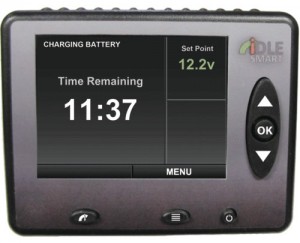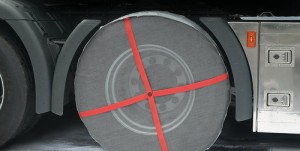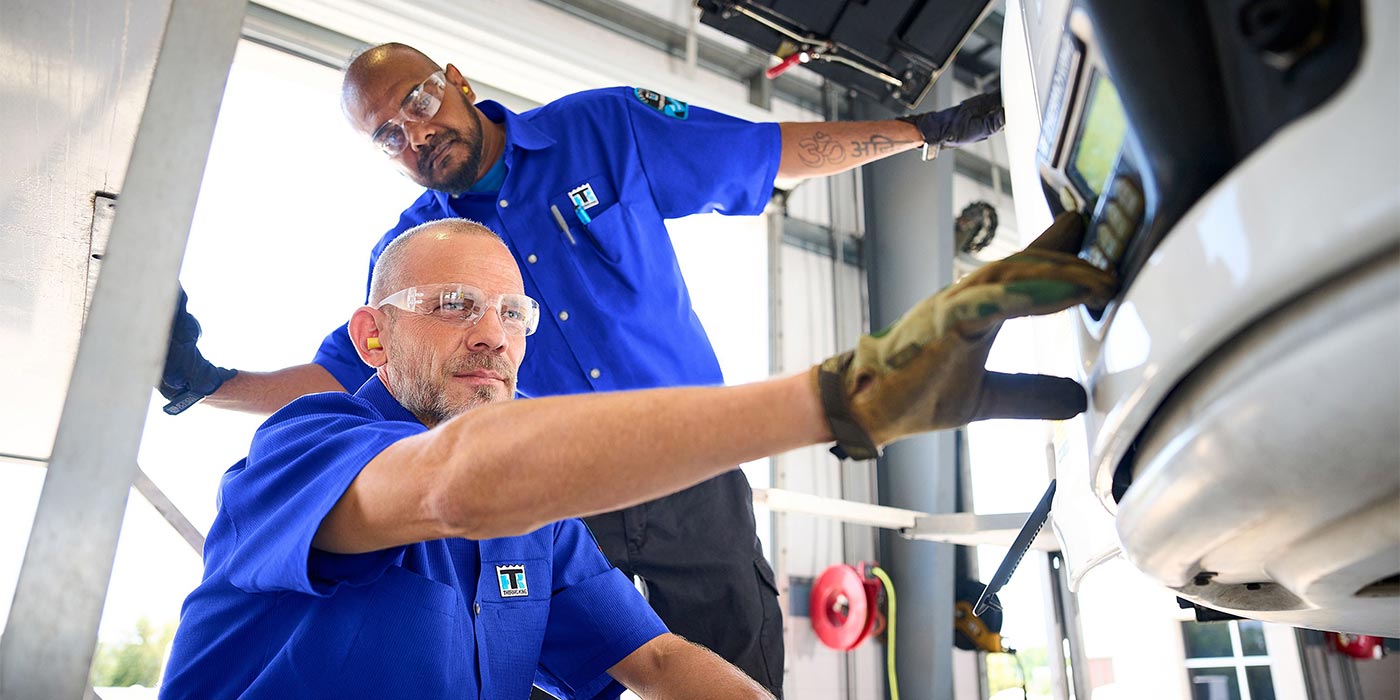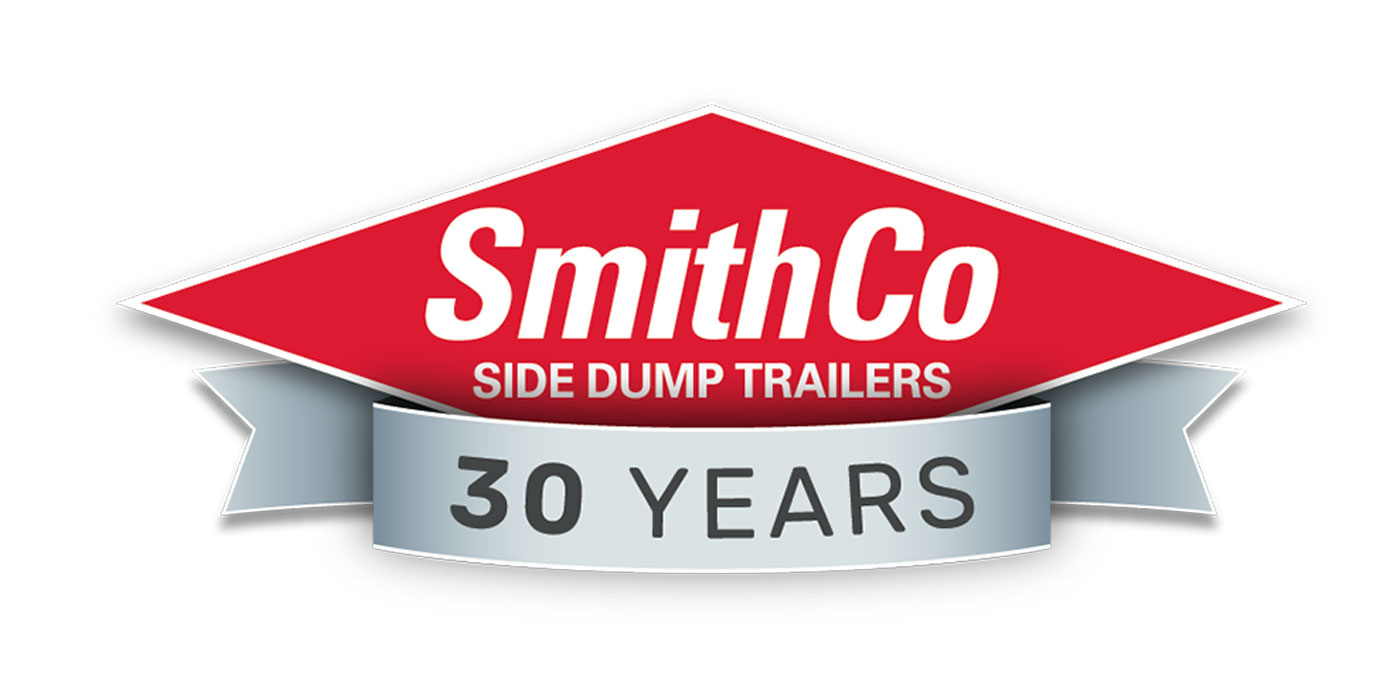Prestone’s Tannone adds that items that should be considered in any decision for a coolant heater should include ease of installations, costs, ease of use, and reliability and complexity of the heater. He also provided a typical winter checklist for a heavy-duty cooling system, which is as follows:
• Check Coolant/Antifreeze level and concentration. A 50/50 mix is recommended unless operating in extreme cold climates.

• Check for correct inhibitor levels in coolant with the appropriate test kit or send it out for analysis.
• Check cooling system pressure cap.
• Check the condition of all hoses, tubing and clamps.
• Check all hose connections and verify clamps are tight.
• Check the condition of the accessory drive belt.
• Check the water pump for any signs of leakage.
• Verify the operation of the thermostat and check housing for signs of leaking.
• Check the operation of the engine block heater.
• Check the operation of the DEF tank heater loop and solenoids.
• Check the operation of the coolant temperature gauge.
• Check the operation of the Cab HVAC.
• Check the radiator for corrosion from the outside in.
Idle Smart
Idle Smart offers an engine start/stop with winter battery protect. While typically used for idle reduction, this controls the truck engine turning on and off, and can be used to keep the engine warm during winter months to prevent no-starts.
Because it continuously and automatically monitors battery voltage, Idle Smart can prevent no-starts in any season by automatically starting and running the engine when voltage levels fall below programmed levels, typically 12.0-12.2 volts, according to the company. By continuously monitoring ambient temperature, Idle Smart prevents cold start situations by automatically starting and running the engine to generate and maintain warmth in even the most extreme conditions.
AutoSock
AutoSock offers alternative tire chains, which are put around the tires in wintery conditions to improve traction, in the aim of preventing traction loss.

The product’s textile cover uses high-performance fibers to maximize friction on snow and ice covered roads. The unique AutoSock fabric consists of millions of micro fibers that provide direct contact with the snow or ice, thereby creating dry friction as opposed to wet friction. This, according to AutoSock, differs from traditional chains, which rely on leverage for traction.
At less than 6 lbs. per pair compared to 48 lbs. for a pair of traditional chains, AutoSocks also provide a weight savings of more than 40 lbs. per pair. The company also points out that it meets the requirements of states that restrict the use of alternative traction products that can damage road surfaces. It is the only traction device that is compatible with ABS braking systems and traction control systems.

Ryder’s Online Winter Preparedness Center
Last November, Ryder launched an online winter preparedness center, as a resource for drivers and fleet managers preparing for driving in wintery conditions.
“The polar vortex of 2013-2014 really hit a lot of fleet operators hard. It was a learning experience, and what’s important is that you do something about it. Going into last winter we felt like we were far more prepared, and that we could help our customers be more prepared,” says Bill Dawson, Ryder’s vice president of maintenance operations and engineering, on the website’s creation. “We consolidated all of our different tools into one landing place on our website, to ensure that those who were looking for help found it quickly and efficiently. We wanted to make a one-stop shop for everything they need to know to prepare for the worst.”
“Fleet operators can use the website to make sure their equipment is well-prepared for what’s ahead—brakes, wiper blades, etc.,” Dawson adds. “Making sure fuel is properly treated and properly blended—avoiding unneeded downtime. We also offer driving training. Our customers have been extremely receptive and appreciative of having access to these resources.”














